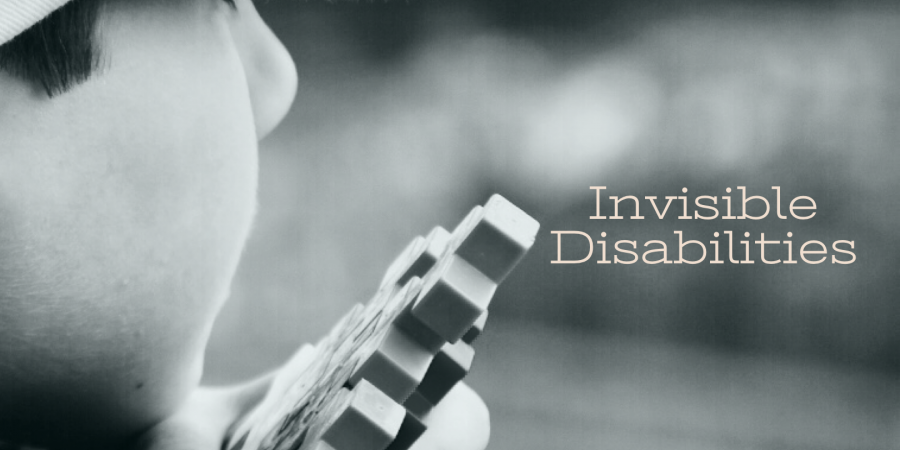3 December – UNITED NATIONS International Day of Persons with Disabilities
How to mislead an important point?
When you see a person without a wheelchair, using available services or parking lots addressed to the disabled, have you ever judged them simply because you do not see any disability with the proverbial naked eye?
In general, we often make judgments and fall victim to these. Being the mother of a child with an invisible disability I know how it hurts and how it stigmatises. Me as a mother. My son as a victim.
The types of invisible disabilities are different: heart pathologies, chronic fatigue syndromes, bipolar disorder, rheumatic diseases, endometriosis, autism, depression and…I could continue for a long caption here…
Invisible chronic diseases are ‘something’ with which you will have to live your whole life, which is not visible from the outside, but is a source of constant suffering and various types of problems affecting mind, soul, body and making the basic daily actions and tasks like concentration, balance or physical activity difficult or impossible.
People with invisible disabilities often feel marginalised and discriminated. Children are mocked frequently and are exposed to bullying.
They prefer to stay in a shadow. Excluding themselves and their presence from social life. They prefer isolation rather than being forever pointed at work, being a laughing stock at school, and a scapegoat at work.
Oaf. Weirdo. Clown. Idiot. Neanderthal… in most cases the reason is – being different.
The situation of people with invisible disabilities is not easy. Often, medicines do not exist, are not available in one’s country, or any handy medication is so expensive that every dose is worth its weight in gold. The fight for a fair existence is a real battle. Bureaucracy and poor access to all specialistic tests and rehabilitation therapies is a real ‘incubis’ for healthy, not only for chronically ill patients.
It is difficult to get information on the quality of care, competence of doctors and nurses who should intervene to ensure appropriate intervention.
Children, teenagers – not in a wheelchair, not wearing hearing aids, and not even using a white cane. Just because they look completely ‘regular’ does not mean that their difficulties are less real.
Taking care of a child with obvious disabilities is a serious challenge. Actually! They are fathers and mothers who daily fight prejudices, ignorance, architectural or sensory barriers, not to mention bureaucratic complexities.
For parents of children with invisible disabilities, these challenges often include the wrong perception of the people around them: friends who do not understand, family members who do not accept, neighbours who know everything and teachers who are not prepared for inclusion and lacking competences. Sometimes they are uninformed and sometimes even hostile.
This is not the superficiality of others, but our civilisation. It’s our culture teaches us that appearance is everything, but appearances can be very deceptive. Our children may seem perfectly normal, but in reality they can face complex problems that are difficult to explain in 2 minutes.
Reasons to never judge, because ‘impressions’ are very often misleading. Empathy. This should be taught in kindergarten like Danish schools do.
